Description
This plant is restricted to ship to AZ, CA, TX
Latin Name: Juglans nigra
Common Names: Eastern Black Walnut, American Walnut
Zones: 4-9
Mature Height: Typically reaches 70-100 feet (21-30 meters) in height and nearly as wide, with a crown that develops in an oval or round shape. It is self-pollinating and has a deep taproot (Missouri Botanical Garden).
Soil / Climate: Native to eastern North America, the black walnut thrives in well-drained, moist soils and prefers full sun. It does not perform well in shaded areas (Missouri Botanical Garden).
Notes: The roots of the black walnut tree contain juglone, a toxic compound that can harm other plants sensitive to it. Thus, it is important to keep a significant distance between the black walnut and these susceptible plants. Black walnut wood is highly valued for its use in furniture and paneling, while the nuts are consumed as food. The entire fruit, including its husk, falls in October; the seed is small and very hard. The tree tends to produce a heavier crop in alternate years, and while some young trees may start producing nuts around 4 to 6 years old, most will not yield substantial crops until they are about 20 years old (Missouri Botanical Garden). The trunk is large and usually lacks lower branches. The bark is dark gray to black with diamond-shaped ridges and fissures. The leaves, which grow on a 24-inch long branch in a compound-pinnate arrangement, typically have 13 to 23 leaflets, each about 3 inches long and slightly serrated (Virginia Tech). They are oblong to lanceolate in shape, emerging late in spring and falling early in autumn. When crushed, the leaves emit a distinctive fragrance, and they turn yellow in the fall. In late spring to early summer, yellow-green flowers appear in drooping catkins (2 to 5 inches long for males) and short spikes (for females) (Virginia Tech). Female flowers develop into edible nuts encased in a greenish-yellow husk. By fall, the nuts fall to the ground, and the husk turns black and decays, potentially staining clothing and concrete. While the nuts are edible, extracting them from the husk can be challenging. The tree’s value for its wood has led to a decline in native populations. Native Americans used the nuts for food, made syrup from the sap, and sometimes placed husks in ponds to poison fish for easier capture (Missouri Botanical Garden).
Problems: The tree is generally resistant to major diseases and pests, but it can be susceptible to blight, anthracnose, leaf spot, canker, root rot, and shoot dieback. It may also be affected by fall webworms, aphids, and certain leaf-eating caterpillars (Missouri Botanical Garden).
Wildlife: The nuts are a food source for woodpeckers, foxes, and squirrels.
Cold Stream Farm supplies Black Walnut trees which are grown as bare root seedlings and transplants and sold both wholesale and retail with no minimum order.
Sources:
Additional information on Juglans nigra can be found on the link: USDA / NRCS PLANTS Database.

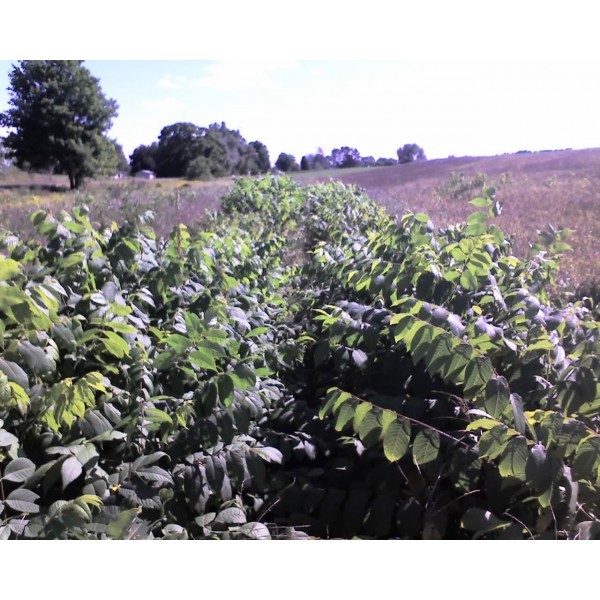
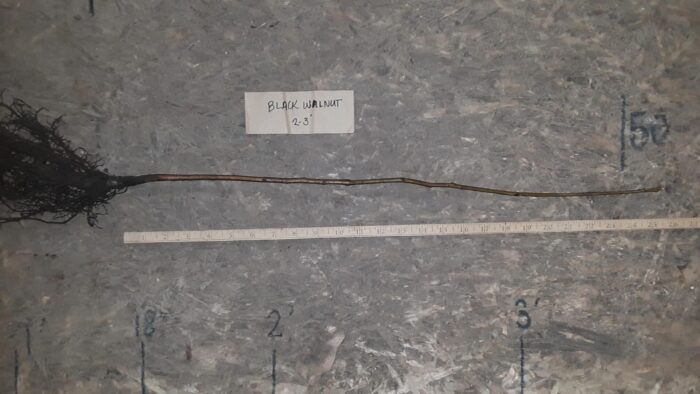
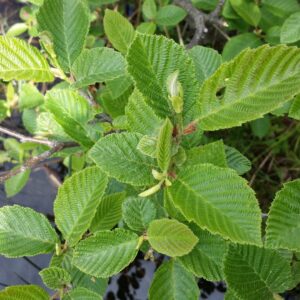
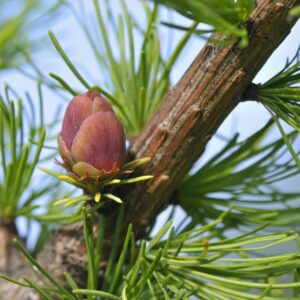
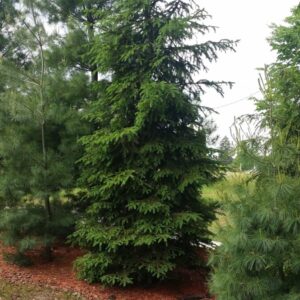
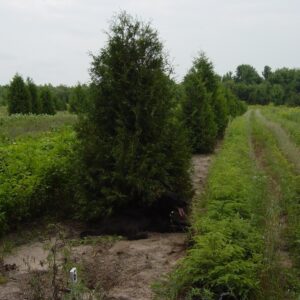

sclevelandm –
Ordered down in Georgia in the winter, planted in a tree sized pot to build roots before i plant this fall in my yard. Leafing out healthy and happy since February. Bareroot trees that are live and healthy are a treasure, thank you!